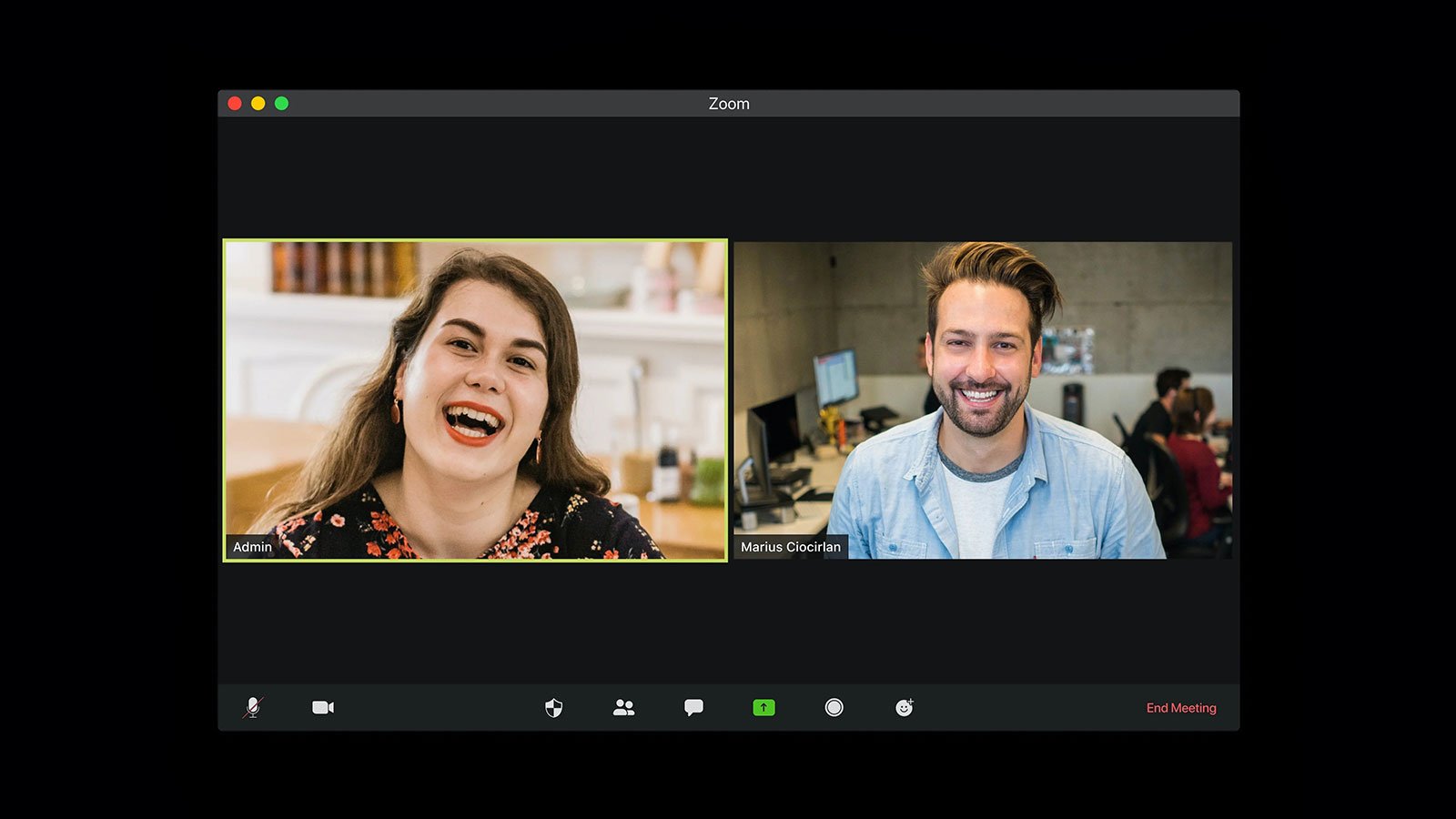Hidden Elements of Long-Term Care Costs

Older adults who require no assistance with the Activities of Daily Living (ADLs) and have no skilled care needs typically live on their savings, social security, a pension from work, and other private resources within their homes. But, when long-term caregiving needs arise, because of illness, disability, or increasing personal care needs, paying for care can become a significant burden upon them or their family. It’s no secret that elderly care and housing for loved ones is expensive. But what exactly does that mean? And what are all the cost for?
Despite variations in costs across the country, long-term and elderly housing care is expensive. Consider the following median costs projected by Genworth Financial for 2017:
- $6,844 per month for a semi-private room in a nursing home
- $3,628 per month for assisted living
- $1,473 per month for adult day care
- $3,861 per month for a home health aide
All in all, the 2016 Genworth Cost of Care Study finds a median annual cost for assisted living to be $43,539; for a private room in a nursing home: $92,378. Adult children – often the primary caregiver for their parents – are beginning to loudly push back as to the lack of transparency of the components of these costs, according to Forbes. However, the primary reason given for a lack of published itemized prices is that each individual’s cost varies, depending on their personal situation.
“Hidden Fees”
Basic room, board and food services are simple to understand and typically compare across facilities within your geographic area. However, it is imperative to understand all the other “more hidden” fees of a long-term housing situation for an elderly loved one in order to fully know the financial impact, such as:
- Time of day for in-home care– Home health and home care services, provided in two-to-four-hour blocks of time referred to as “visits,” are generally more expensive in the evening, on weekends, and on holidays.
- Extra charges for services provided beyond the basic room, food and housekeeping charges at facilities – This means if a resident needs assistance with organizing medications or needs transportation to doctor appointments, there will be charges added to the base cost – their ADLs, as mentioned above. ADL’s may include medication management, bathing, dressing, toileting, transferring, eating, or meal preparation. For instance, if an elderly resident is recovering from knee surgery and needs additional help with bathing for a few weeks, they will be charged additional fees by the facility in which they live.
- Variable rates in some community programs – Some local programs such as adult day service or in-house activities, are provided at a per-day rate, but can be more based on extra events and activities.
- Facility’s deposit fee – This unexpected, non-refundable fee can range from $1,000 to $5,000 and covers administrative expenses and covers renovations between residents.

Other Options to Fund Care Costs
We all want the best for our loved ones. But how do you or they fund the base costs, as well as any hidden or unforeseen costs? There is often an expectation that public programs or insurance are available to pay for care. This is an option, yet again, an individual’s specific financial situation, location of residence and care requirements directly impact the validity of this.
Many older adults do not have enough in private savings to pay for assisted living, home care, or nursing home care, especially if care is needed for an extended period of time. There are alternative ways, however, to fund long-term care costs:
- Reverse mortgages
- Life Insurance
- Annuities
- Trusts
- Long-term care insurance
Correctly planning for and positioning one’s elderly relative to fully utilize these services effectively is often not a luxury caregivers are provided in a crisis or rapidly declining situation. Planning ahead and planning strategically is key to managing retirement and factoring in the possibility of needing long-term care. It is a topic which certainly requires pulling in eldercare attorneys and financial planners in order to prevent financial hardship from this process. Questions? Contact Us below and let us help you get answers for your employees.



